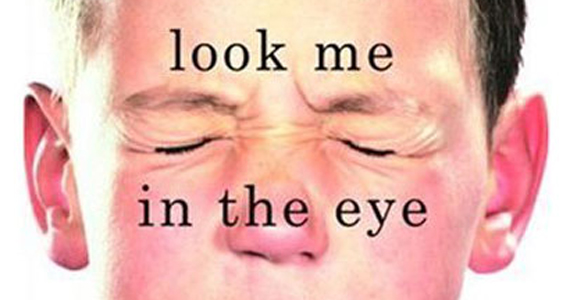What happens when there’s nothing more a doctor can do? A new wave of research sheds light on what patients want at the end of life.
Despite increasing awareness that more care isn’t necessarily better care at the end of life, many Americans still receive significant medical care in their final days. On average, patients make 29 visits to the doctor’s office in their last six months, according to a recent article in the New York Times, We’re Bad at Death. Can We Talk?
“In their last month alone, half of Medicare patients go to an emergency department, one-third are admitted to an I.C.U., and one-fifth will have surgery — even though 80 percent of patients say they hope to avoid hospitalization and intensive care at the end of life,” the Times reports.
In addition, “Many of the palliative care programs that do exist are underfunded and understaffed. And the availability of services remains uneven across the United States: Nearly 90 percent of hospitals in New England have palliative care services compared with about 40 percent in the South. According to the Center to Advance Palliative Care, essentially all hospitals in Vermont, New Hampshire and Montana have a palliative care team, but only a third in Alabama, Arkansas and Mississippi do.”
UVM is establishing a new End of Life Care Doula Professional Certificate to fill this growing health care need. End-of-life doulas complement the work provided by palliative care professionals and hospice professionals, providing care for patients in hospitals, senior care facilities, and homes. End-of-life doulas support clients with compassionate care in a number of ways, including emotional, spiritual, informational, and physical support, which greatly helps to ease the burdens faced by both the client and the family.
Read The York Times story, We’re Bad at Death. Can We Talk?




